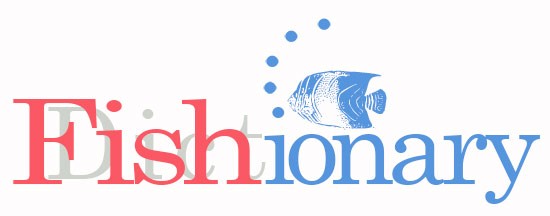Fingerling
Guest post: Logan Neu, University of Minnesota Twin Cities Fingerling is a broad term applied to a juvenile fish that is about the size of a finger. The definition of what length classifies a fish as a fingerling varies between species, but the Food and Agriculture Organization (FAO) generally defines a fingerling as ranging in … [Read more…]
